What are Wrinkles?
As a result of the loss of elasticity and firmness of the skin over time, creases or furrows become present in your skin. They are a usual part of becoming old. They are also prominent on areas that are exposed to the sun including the neck, face, forearms and hands.
Although the structure and texture of your skin are mainly determined by genetics, exposure to the sun is the main cause of the formation of wrinkles, particularly in fair-skinned individuals. Other factors including smoking and pollutants can also contribute to the formation of wrinkles.
What are the causes of wrinkles?
This article explains the changes in the structure of the skin related to aging resulting in Wrinkles.
Genetic predisposition
Some fair-skinned ethnic groups such as the Irish, English and Scottish people are more prone to get wrinkles in comparison to dark-skinned ethnic groups.
Age
As your age increases, your skin loses its elasticity and becomes more fragile. In addition, the production of oil or sebum in your skin is reduced, which dries the skin making it appear wrinkled. The amount of fat in the subcutaneous layer of the skin also diminishes. Therefore, sagging, loose skin and appearance of prominent crevices and lines ensue.
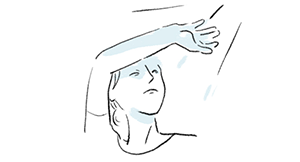 Exposure to harmful ultraviolet (UV) rays
Exposure to harmful ultraviolet (UV) rays
Ultraviolet (UV) rays exposure (whether by tanning booth or sun) hastens the natural process of aging, which is the main cause of early wrinkle formation. Exposure to ultraviolet rays breaks down the connective tissue of your skin’s elastin and collagen fibers, which are present in the middle layer of the skin (dermis). When the supporting connective tissue fibers are not there, the skin loses its flexibility and strength. It starts to wrinkle and sag prematurely.
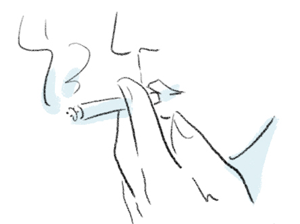 Smoking
Smoking
Smoking also hastens the natural process of aging of the skin and contributes to wrinkle formation. This may occur as a result of changes in blood circulation to the skin.
Repeated expressions of the face
Facial expressions and movements such as smiling and squinting may result in the formation of wrinkles and fine lines. Every time you use a muscle of the face, a groove or depression forms beneath the skin’s surface.
As your skin gets older, it becomes less flexible and is unable to come back to its place. These depressions and grooves therefore become permanent wrinkles on your skin.
Types of wrinkles
The wrinkles on our skin are categorized according to:
Texture:
Texture of the skin’s surface is made of groves or depression. These are the inherent lines on the skin and even an infant’s skin contains them.
Skin Laxity
With age, the skin’s texture loses its elasticity. This results in the formation of grooves. They appear as the skin’s natural fall.
Expression:
Lines from expressions are formed as a result of facial muscle movements. To adapt to these movements, the skin moves accordingly and the lines start to form gradually. They become visible after the age of 30 and get deeper over time. They have other sub-categories, because they vary in position and are dynamic. Here are the sub-categories:
Forehead Wrinkles, also known as forehead lines, these wrinkles sprawl across above the T-zone. They are associated with the movement of frontalis—the four-sided muscle on the forehead.
Periocular Wrinkles are formed by the movement of the muscle called orbicularis oculi, a muscle that helps us close our eyelids.
Glabellar Folds, also called glabellar lines, start vertically from the root of the nose to the forehead. Glabellar lines are formed around the eyes.
Nasolabial Folds also go by the name of laugh lines. They start from below the nose to the outer corners of the mouth.
Peri-labial Wrinkles are related to orbicularis oris muscle, the one that enables our lips to close and to pucker.
Lateral Canthal Wrinkles, also known as crow’s feet, are formed due to the contraction of orbicularis oculi.
Classification of wrinkles
There are two kinds of classification scales for wrinkling.
Fitzpatrick Classification
Fitzpatrick classification examines the perioral and periorbital wrinkles (those around the eyes and mouth). It focuses on elastosis (degeneration of dermal tissue) and generalized wrinkling instead of the specific wrinkle depth.
This classification involves three classes based on the degree of dermal tissue degeneration: mild, moderate, and severe; and it also includes fine, fine-to-moderate depth, and fine to deep wrinkles as the wrinkling assessments.
Glogau’s Classification
Glogau’s classification accounts for the wrinkle depth analysis, which is a more important measurement to assess the ageing changes including photoaging. It helps the dermatologists choose the most suitable treatment procedure.
There are four types under this classification:
No wrinkles
In this category, the skin has early photoaging, mild pigment changes, no age spots, and minimal wrinkles.
Wrinkles in motion
The wrinkles in motion scale denote early-to-moderate photoaging, early brown age spots, visible lines on movement, relatively prominent skin pores, and changed skin texture.
Wrinkles at rest
The skin shows the signs of advanced photoaging, clearly visible brown pigmentation, prominent brown age spots, noticeable small blood vessels, and wrinkles. This is usually seen in individuals above 50 years of age.
Only wrinkles
The only wrinkles type applies to people aging above 60. The skin manifests severe photoaging, wrinkles everywhere, precancerous skin changes, and yellow-gray skin color.
Wrinkle Treatments
You can treat wrinkles using different methods. They can be grouped as follows:
- Work on the skin surface using an invasive procedure or by medical means.
- Do corrections to the layer underneath the skin (subcutaneous layer) which handles the skin’s bounciness and suppleness. This includes applying creams to be absorbed into the subcutaneous layers, or taking supplements to replenish the lost structure under the skin to rebuild its support.
- Paralyze some muscles of the face to relax the creases.
- Tighten or stretch the skin (and/or remove excess skin by surgery).
Skin surface treatment
Let’s start with the group of treatment aiming to directly affect the surface of the skin. There are many types of skin surface treatment that include:
- Dermabrasion
- Microdermabrasion
- Laser resurfacing
- Fractional resurfacing
- Topical retinoids
- Deep chemical peels
- Glycolic acid peel
- Use natural botanical oils
Dermabrasion
Dermabrasion is a surgical procedure that is usually performed under local anesthesia in combination with a sedative. During dermabrasion, the surgeon uses a hand-held device that contains diamond particles (resembling a drill) or rough wire brush to scrape the epidermis or the topmost layer of your skin. In place of the old skin, a new skin layer grows that is free of wrinkles. Swelling, scabbing and redness may last for a few weeks.
You have to protect the treated skin from the sun’s rays for at least 6-12 months. It may take about 3 months for the pink colour of the skin to fade.
Microdermabrasion
Microdermabrasion is still an abrasive treatment but in a gentler way compared to Dermabrasion. It uses an instrument to sand the skin gently to remove the uneven, thicker outer layer of the skin. It helps in reducing the appearance of fine lines, wrinkles and stretch marks. It also helps in exfoliating your skin and results in a younger looking, refreshed complexion.
There are 2 types of microdermabrasion treatments.
- In one approach, a hand-held device streams or propels tiny crystals of sand across the skin. A vacuum attached to the device sucks the crystals of sand back in the device simultaneously, along with the exfoliated dead skin.
- In the newer and second approach, a diamond-tipped wand moves across the skin gently to exfoliate it and removes the epidermis or outer layer of the skin. It also stimulates the growth of new skin cells and collagen.
Each treatment session lasts for about half an hour. During the procedure, you may feel a mild sensation of scratching as it removes superficial cells of the skin.

Laser resurfacing
In laser resurfacing (ablative, meaning that there are parts of the skin removed compared to non-ablative), erbium and carbon dioxide lasers are used to direct laser beams to the affected area. The physician uses laser beams on the affected area to destroy the epidermis and also damages or heats the dermis. This helps in stimulating the synthesis of collagen fibers; therefore, plumping up the sagging and loose skin, fine lines and wrinkles.
For maximum improvement, the procedure may require repetition. Usually, it may take several months for the skin to heal after laser resurfacing. Risks of this procedure are scarring and darkening or lightening of the colour of the skin.
Fractional resurfacing
New techniques like fractional resurfacing work by modifying traditional or conventional laser resurfacing techniques. In contrast to the other treatments, this targets only spots on the skin that are evenly spaced surrounded by intact skin.
Additionally, healing is quicker in comparison to traditional resurfacing and the downtime afterwards is less. You will still require several sessions to notice satisfactory results.
Topical retinoids
Retinoids are Vitamin A derivatives, including tazarotene (Tazorac, Avage) and tretinoin (Retin-A, Renova). You can apply them to your skin and they help to reduce fine lines, roughness and splotches. Retinoids work by remodeling upper dermis as they induce fibroblasts to produce new collagen.
Since retinoids may make the skin sensitive to sun’s rays; you should wear sun protective clothing and apply a sunblock (broad-spectrum) with SPF of more than 30 every day while using retinoids. Some of the minor side effects of retinoids are dryness, redness, tingling or burning sensation and itching.
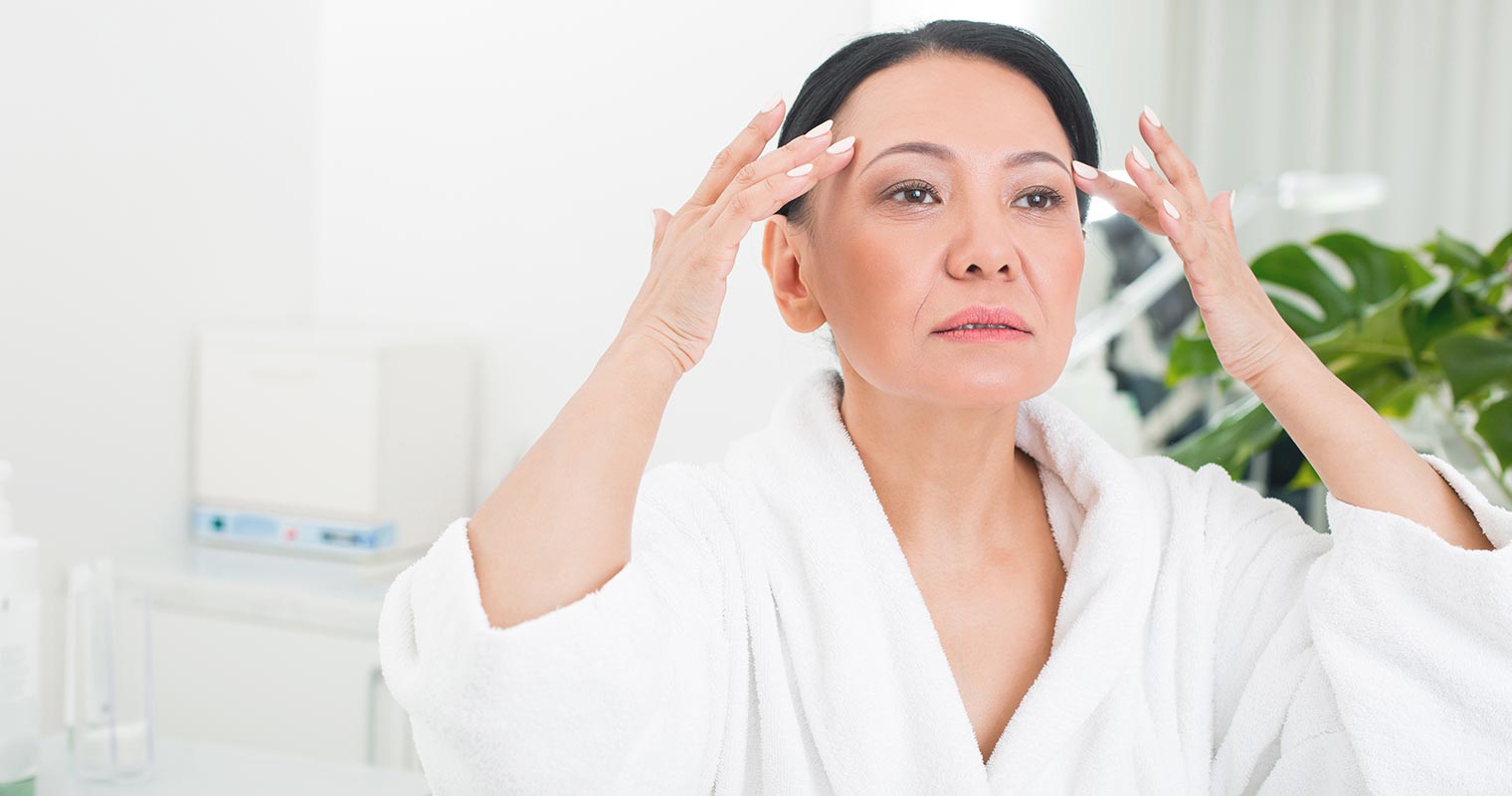
In general, the results with non-prescription creams are generally short-lived and limited as less amount of active ingredients are present in them in comparison to prescription creams.
Deep chemical peels
In these peels, your physician applies ingredients such as trichloroacetic acid and salicylic acid to the affected skin. As a result, the outer layer or epidermis of the skin is burnt and removes age spots and wrinkles.
Things to know:
- You may require mild sedation during deep peels.
- You may require several peels before you notice a difference.
- Redness from the peel may last up to a few weeks.
Glycolic acid peel
This is a superficial peel and more gentle in comparison to chemical peel. However, very slight difference is observed in the appearance of fine lines.
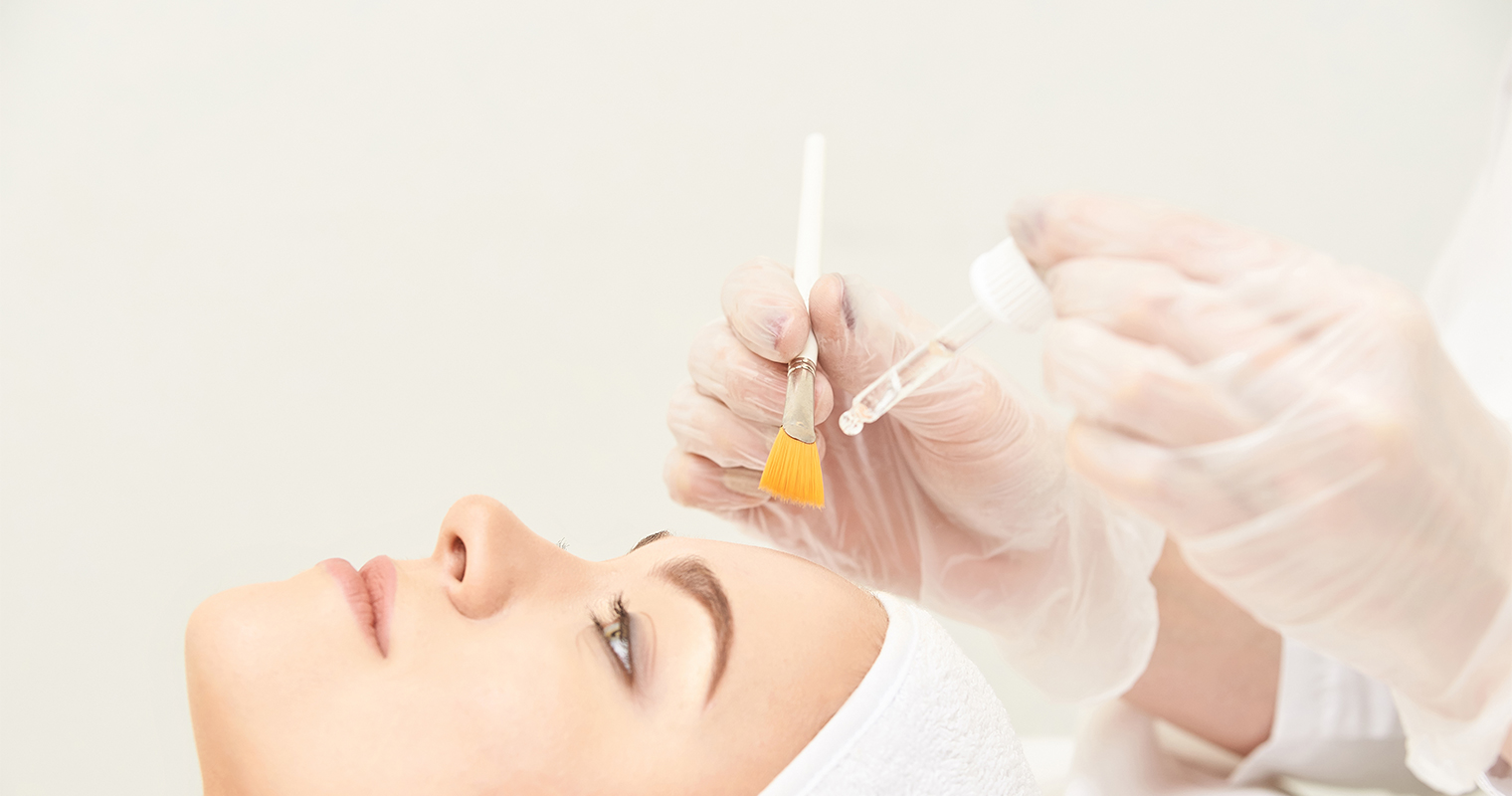
Use natural botanical oils
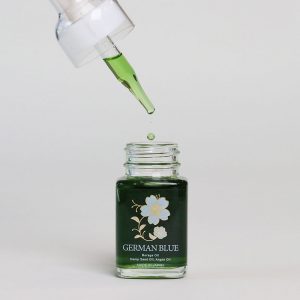
Natural oils can be used based on 3 purposes that they do to the surface of the skin, namely, increase the amount of Omega to hydrate the skin, increase collagen and elastin to flatten the wrinkles and lastly, rebuild the skin barrier to prevent water loss. Beyond the 3 functions above, Grapeseed Extract and Rosehip Oil has a large amount of Vitamin C and are able to achieve anti-oxidizing effects. German Blue incorporates these 2 oils, together with 15 other well known plant oils rich in Omega and wrinkle-treating ingredients. Apply German Blue each time in your skincare regime daily and you will see effective results on your wrinkles and dry skin.
Subcutaneous (layer underneath the skin surface) layer methods
- Elevators and fillers
- Non-ablative laser resurfacing
- Ostrich oil
Elevators and fillers
A wide variety of ingredients are used to fill the furrows and depressions of wrinkles. There exist many types of fillers that are approved by FDA including your own body’s fat cells (known as autologous grafting of fat), collagen (CosmoDerm, Fibrel, Evolence, Zyderm and Zyplast®), hyaluronic acid (Prevelle Silk, Restylane injectable gel, Belotero Balance, Elevess, Juvederm 3 Hylaform, Captique and Juvederm 24HV), a combination of collagen (Artefill) and polymethylmethacrylate beads, calcium hydroxylapatite (Radiesse), Polyalkylimide (Aquamid) and lactic acid (Sculptra).
- Hyaluronic acid is naturally present in your body. It helps in improving crow’s feet, cheek depressions, nasolabial furrows, worry lines across the forehead and frown lines between your eyebrows.
- Polyalkylimide is a type of semi-permanent filler which is used by cosmetic surgeons for the treatment of deeper wrinkles like nasolabial folds, plump thin lips, and to replace your facial volume that you lose due to old age. After the injection of the substance, a layer of collagen forms slowly around it in about a month’s time.
- Lactic acid is a type of synthetic filler that stimulates the production of the body’s own collagen. It helps in filling laughing lines, treating deep nasolabial folds and plumping thin lips. The results with this filler appear slowly after a few months. You may need around 3 monthly treatments to get the desired results.
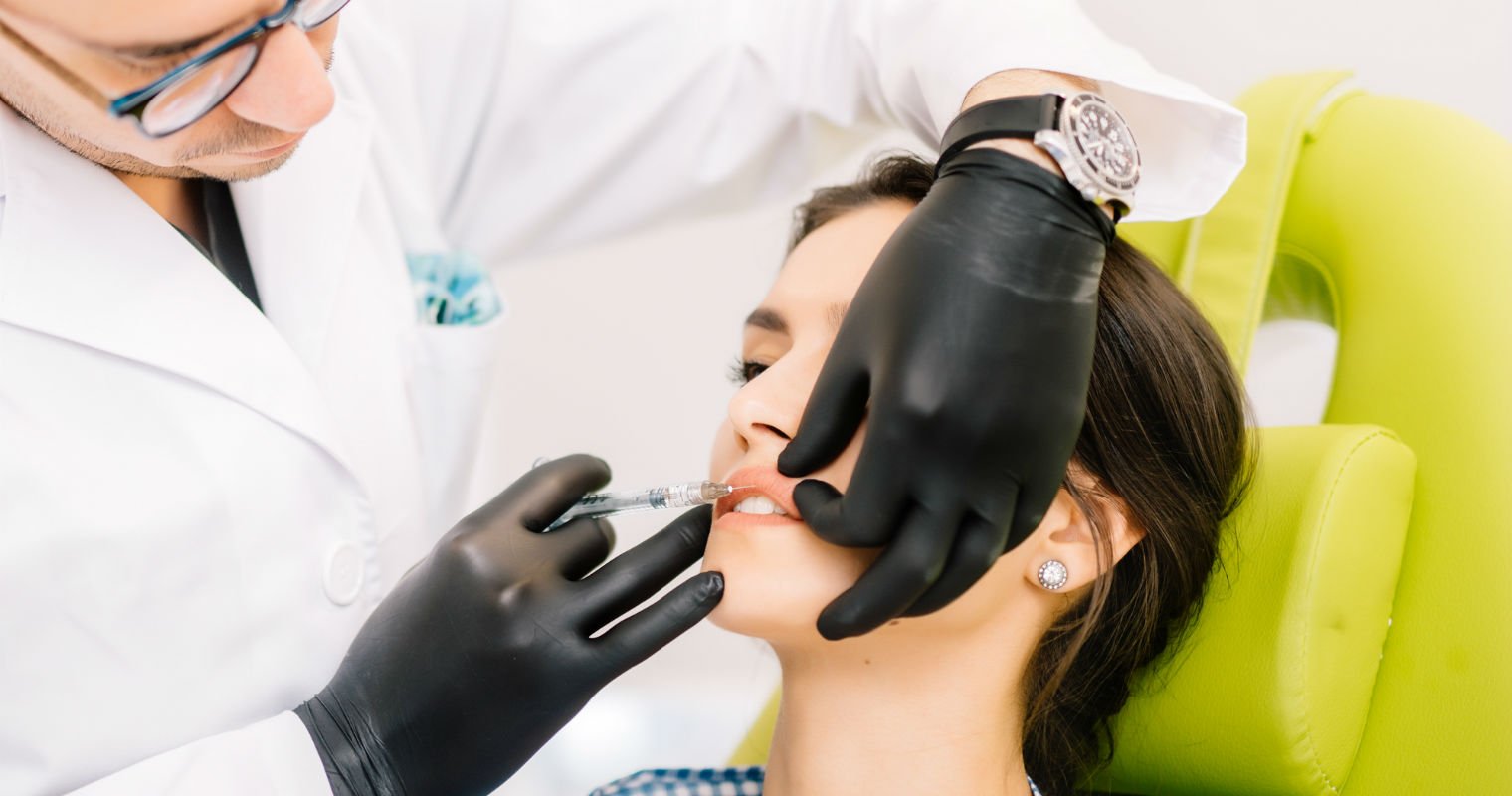
Your surgeon determines which type of filler is best suited for your wrinkles and what volume of filler is required for your concerned areas. These fillers are injected into the deep wrinkles present on your face and they help in smoothing and plumping them. You may notice temporary redness, bruising and swelling in the area you got the injection.
Majority of these ingredients require re-injection after a few months to maintain the results. There are many types of fillers that are unapproved including mineral oil and silicone. These are dangerous and you should avoid them.
Non-ablative laser resurfacing
New laser techniques stimulate the synthesis of collagen beneath your skin without causing damage to the epidermis. It is suggested by clinical experience and studies that although such procedures may help in improving fine wrinkles, they are not as beneficial as laser resurfacing. You will need several sessions to get optimum results.
Non-ablative laser resurfacing technique is suited to individuals who have moderate wrinkles as the results of this technique are subtle. These treatment procedures cause little to no pain, peeling, redness or downtime.
Ostrich oil
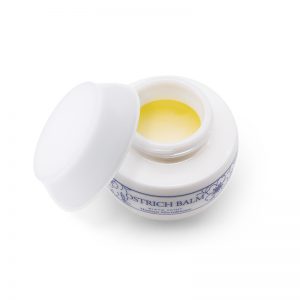
Ostrich Oil is very rich in oleic acid and palmitic acid and it is very close to human’s skin composition. It is therefore very easy to be absorbed into the skin to rebuild the collagen and elastin layers to support the skin. Also, it is able to moisturize the skin effectively, which is also important to prevent wrinkles. Ostrich Balm contains Ostrich Oil and additionally Shea, Argan Oil, Jojoba Oil contained inside are well known effective moisturizing ingredients.
Methods of paralyzing muscles
- Botox
Botox
Botox (Botulinum toxin) is obtained from a bacterium. It is typically used as an injection to reduce or eliminate wrinkles and fine lines on the face temporarily. By blocking the nerve signals to facial muscle in which it is injected, the targeted muscle is thus unable to contract, resulting in reduced facial wrinkles and fine lines.
Commonly used Botulinum toxin injections are Botox®, Xeomin® and Dysport®. Botox can smooth forehead furrows, crow’s feet, frown lines, bunny lines and lip lines, as well as diminishing bands in the neck and lift corners of the mouth. The use of Botox® has been approved by the FDA for crow’s feet and frown lines, and the use of Xeomin® and Dysport® has been approved for treating frown lines. Using them for all other purposes is regarded as ‘off-label.’
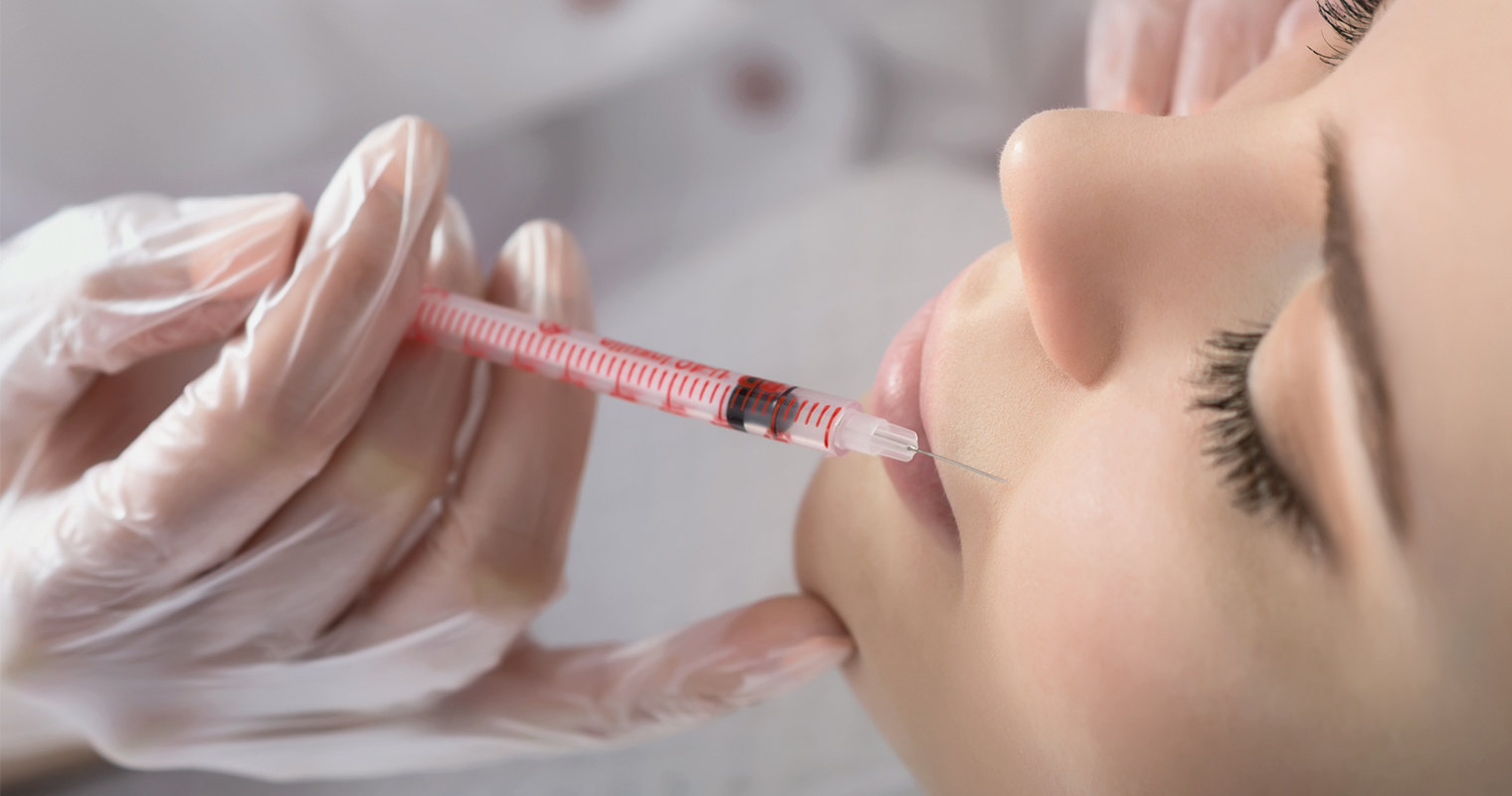
The botox process
With the use of a very thin needle, your physician injects small quantities of Botox into specific facial muscles. Your face has 43 muscles and it is important that the practitioner performing the treatment understands the exact spots for optimum results. By choosing specific facial muscles carefully, your physician weakens only those muscles that produce wrinkles and preserves your natural expressions of the face. In general, the procedure takes about 15 minutes. The total number of injections required depends on the intensity of your wrinkles and the features of your face. For instance, crow’s feet may need 2-3 injections.
There is no recovery time after the botox injections and you can do your normal activities soon after the injection. You may see results after a couple of days. However, it may take up to one week for full effects to appear. The improvement lasts about 3-4 months.
Ways base on tightening or stretching the skin
- Facelift
- Use Honey
- Radiofrequency and heat
Facelift
A facelift, also known as rhytidectomy, is a surgery which helps in improving the noticeable signs of old age in your neck and face such as loose and sagging skin, wrinkles on the face and development of jowls at the jaw and the cheeks. Other procedures such as dermabrasion, IPL, laser or peels may be done in combination with a facelift to improve the texture and quality of the skin.
All healthy individuals who are nonsmokers and who do not suffer from any other medical condition which impair healing can undergo a facelift. The procedure is done under general anesthesia. A facelift can be combined with the injection of fillers or fat for the reduction of wrinkles. A facelift surgery involves removing excess fat and skin from the neck and face and tightening of the underlying facial muscles and connective tissue.
You may experience swelling and bruising for a few weeks post a facelift surgery. It may take about two to three months for your face to feel normal and notice final results. The results usually last 5-10 years.
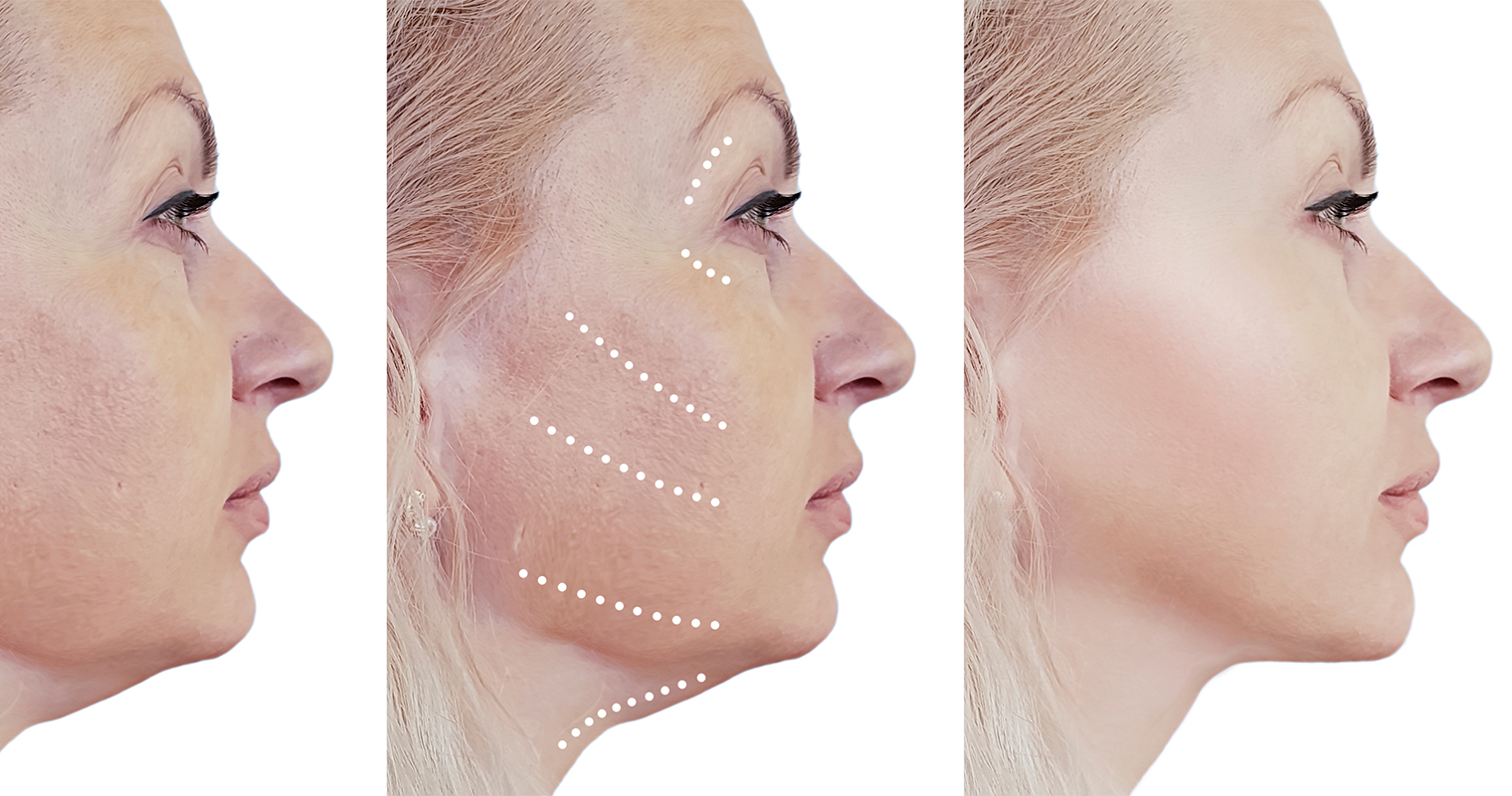
Use Honey
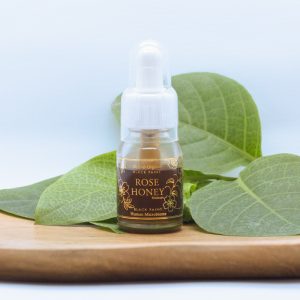 Honey is well known for its tightening effect. Also, honey is rich in many nutrients, like minerals and vitamins that are essential to rebuild the elasticity of your skin. Honey, just like Aloe Vera, is a humectant that attracts and retains moisture. Keeping hydration in your skin’s layers will enhance its suppleness, smoothing out wrinkles and firming out the look of sagging. Apply products containing honey, like Rose Honey during your skin regime daily will tighten your skin and reduce wrinkles.
Honey is well known for its tightening effect. Also, honey is rich in many nutrients, like minerals and vitamins that are essential to rebuild the elasticity of your skin. Honey, just like Aloe Vera, is a humectant that attracts and retains moisture. Keeping hydration in your skin’s layers will enhance its suppleness, smoothing out wrinkles and firming out the look of sagging. Apply products containing honey, like Rose Honey during your skin regime daily will tighten your skin and reduce wrinkles.
Radiofrequency and heat
Another non-invasive treatment for wrinkles is to heat the tissues using infrared sources of light and radiofrequency devices (Thermage and Polaris WR). These devices work by heating the collagen and denaturing and shrinking the protein. This produces a skin-tightening effect. These techniques of treatment are still under development but results suggest that these treatment procedures are safe to use and they can produce lasting and visible improvement.
Supplements to prevent wrinkles
- Fish oil supplements
- ALA or Alpha Lipoic Acid
- CoQ10 or Coenzyme Q10
- Grape seed extract
- Vitamin C
Fish oil supplements
Two main kinds of omega-3 fatty acids are present in fish oil:
- Eicosapentaenoic acid (EPA)
- Docosahexaenoic acid (DHA)
Among these, EPA benefits your skin by delaying the process of aging and reducing the formation of wrinkles. A study done in 2005 and published in the ‘Journal of Lipid Research’ demonstrated that EPA helps in blocking the release of enzymes induced by UV rays, which damage collagen resulting in fine lines and loose skin. Since EPA is an anti-inflammatory agent and an antioxidant, it helps in protecting against damage caused by sun and repairing it.
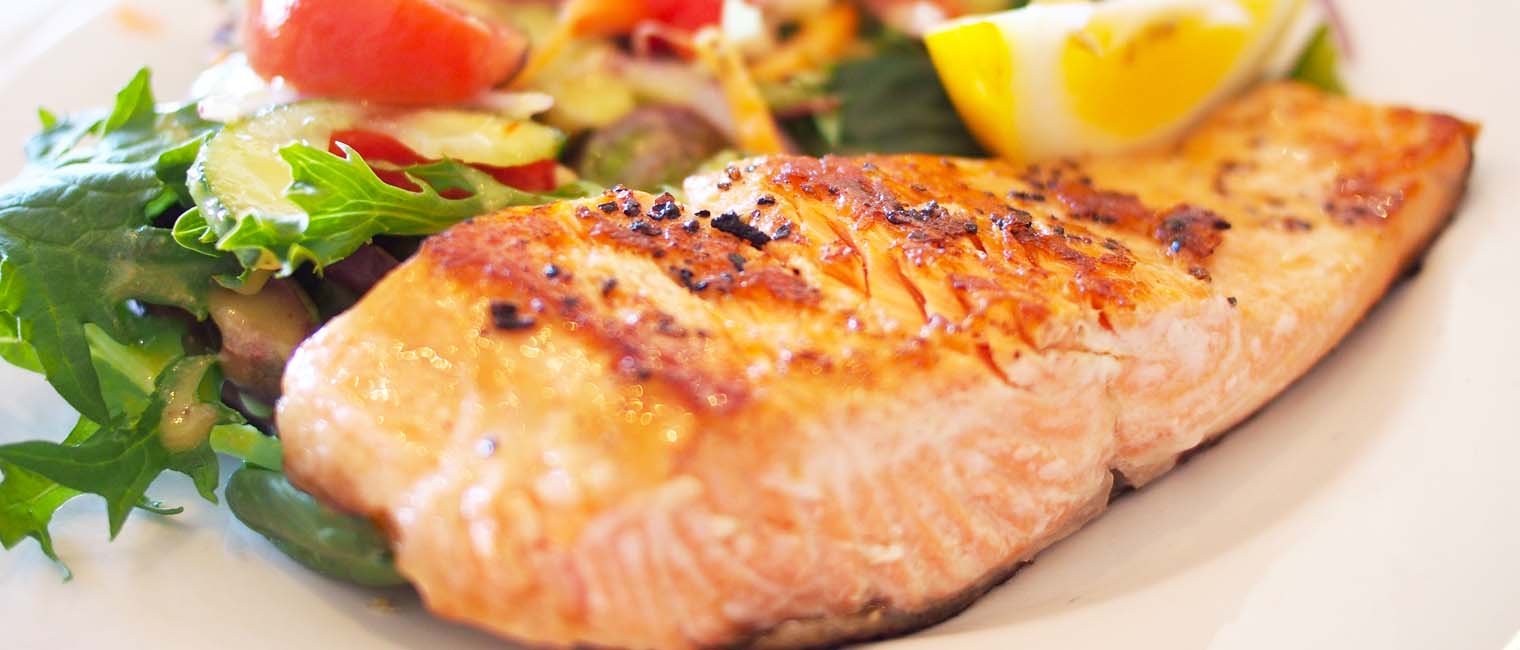
Look for a supplement that contains 120 mg of DHA and 180 mg of EPA. Take 1 capsule with every meal, three times a day. In case you are pregnant, consult your physician, before starting a supplement. After all, during pregnancy, you will be needing more than the above-recommended amount.
ALA or Alpha Lipoic Acid
ALA is a potent antioxidant and it is 400 times more powerful than vitamins E and C combined. You should take 25-30 mg of ALA every day to reduce inflammation, wrinkles and fine lines and improve the tone of your skin. Take it as a supplement as ALA is present in foods in only small amounts.
CoQ10 or Coenzyme Q10
Coenzyme Q10, also known as ubiquinone, is naturally produced in your body. It is an anti-inflammatory agent and an antioxidant that helps in fighting free radicals.
Due to old age, the elastin and collagen fibers deteriorate gradually (the fibers that maintain the firmness and elasticity of the skin). A slow decline in the production of CoQ10, which occurs with old age may also cause breakdown of these fibers. Taking CoQ10 supplements may decrease the breakdown and deterioration of collagen fibers.
Due to its antioxidant effects, CoQ10 also protects your skin from both extrinsic and intrinsic aging.
- Intrinsic aging occurs due to genetic factors.
- Extrinsic aging occurs due to external factors such as sun exposure and smoking.
The recommended dose of CoQ10 is at least 30 mg per day. People over the age of 40 should take it as its levels reduce with age. Moreover, its natural levels are often lower in females than in males.
Grape seed extract
Grape seed extract is regarded as a vital supplement to fight wrinkles. This supplement helps the tissues and cells in the skin to remain hydrated and prevent dry, thin and wrinkled skin.
Grape seed extract helps in fighting free radicals and inflammation and in assisting the rapid turnover of cells; thus leading to smoother, younger-looking and clearer skin.
Vitamin C
Vitamin C is a potent antioxidant that is immensely beneficial for your skin. It reduces the appearance of fine lines and wrinkles by preventing damage to cells. It is also considered an essential ingredient for the production of collagen as it influences, regulates and stimulates collagen molecules in the skin.
Vitamin C also has anti-inflammatory properties. The recommended dosage of vitamin C is about 100 mg every day.
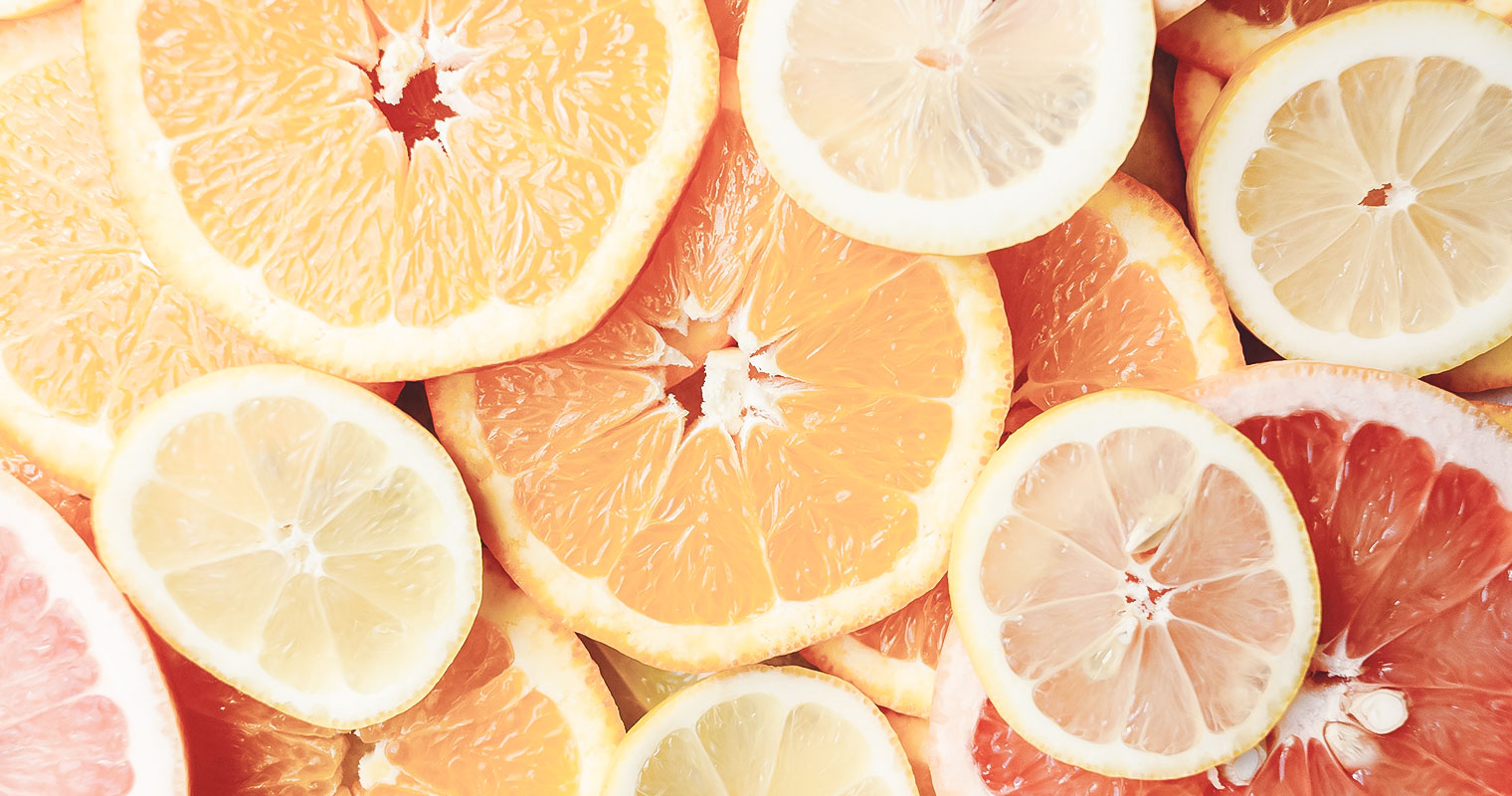
Anti-wrinkles remedies with natural ingredients
There are various natural ingredients available that you can use to treat your wrinkles. Some of these are as follows:
- Organic coconut oil
- Castor oil
- Grapeseed oil
- Argan oil
- Egg white
- Avocado
- Honey
- Rosehip oil
- Lemon juice
- Shea butter
- Jojoba oil
- Pearl powder
- Silk
Organic coconut oil
Coconut oil moisturizes and hydrates your skin. It helps in restoring the elasticity of the skin. Hence, using it regularly helps in fading away wrinkles and fine lines.
- Massage coconut oil on the affected areas of your face for a couple of minutes using gentle circular motion of your fingers.
- Let the oil remain on your face overnight.
- Repeat every night before you go to sleep.
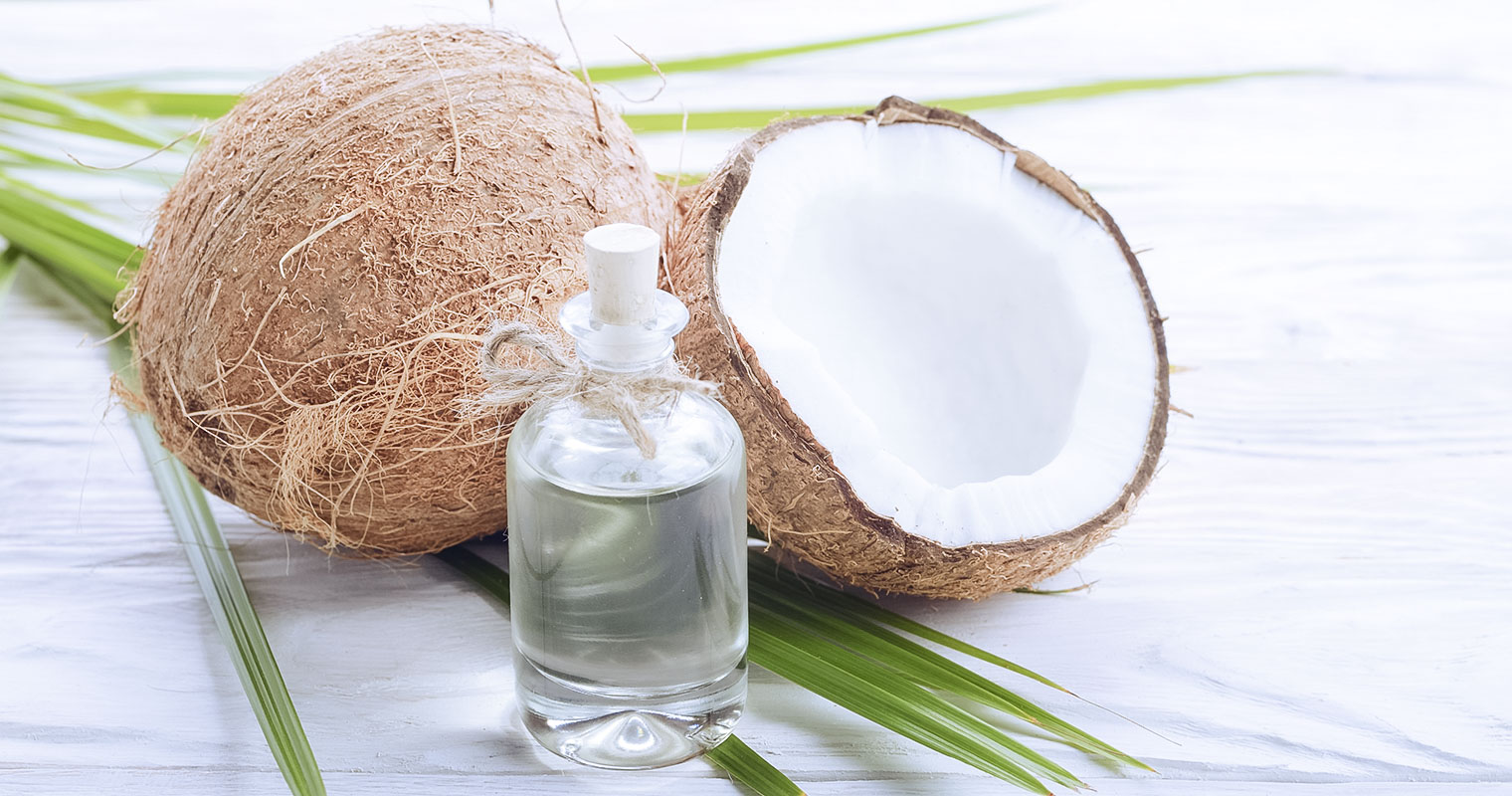
Castor oil
Castor is an emollient. It also increases the production of collagen and elastin fibers in your skin. Due to this, the fine lines and wrinkles diminish gradually over time.
- Apply castor oil using a cotton ball to the affected areas.
- Leave the oil overnight.
- Repeat every night.
Grapeseed oil
Grapeseed oil or extract helps in tightening your skin as it supplies the skin with vitamin E, polyphenols and fatty acids
- Massage the oil or extract on the affected areas.
- Leave for some time and then rinse with water.
- Repeat every day for a few weeks.
Argan oil
- Massage a few drops of Argan oil on the affected areas.
- Repeat every day.
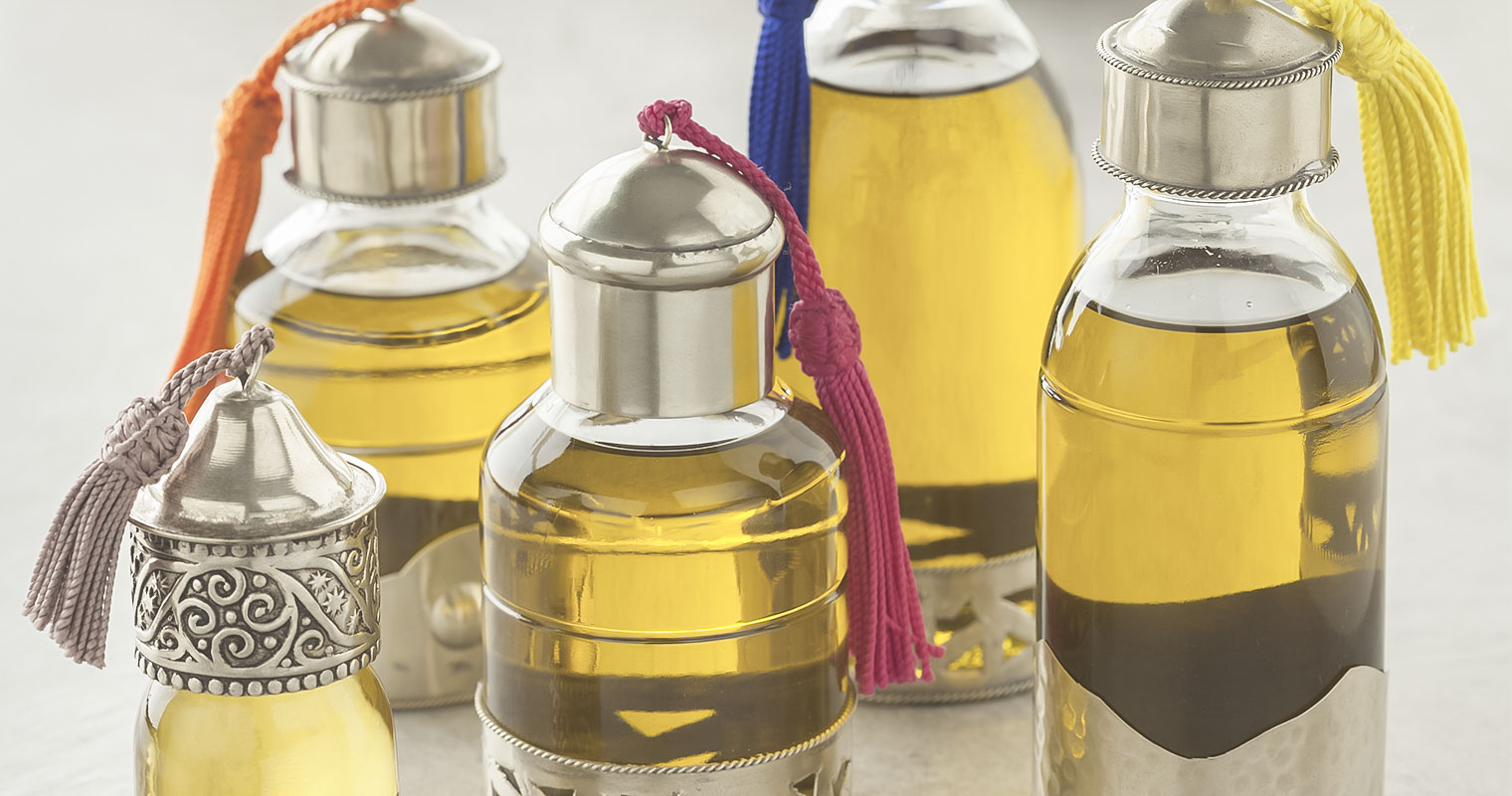
Egg white
Albumin, the protein present in egg white helps in tightening your skin and reducing wrinkles and fine lines. It is also good for persons who have oily skin since egg white helps in unclogging pores and absorbing excess sebum or oil from their skin.
- Gently whisk white of an egg.
- Apply it on the affected area of your skin.
- Let it dry.
- Wash it with water (lukewarm).
- You can use egg white face mask one or two times a week.
Avocado
Avocado is rich in vitamin C, E, antioxidants (beta-carotene, lutein, alpha-carotene and zeaxanthin) and healthy fatty acids. Due to its antioxidant potential, it helps in protecting the skin from the damaging free radicals.
Vitamin C present in avocado also helps in the production of collagen and elastin, which maintains the firmness and elasticity of your skin and prevents the formation of wrinkles.
- Peel the fruit and remove its pit.
- Mash its pulp to make a smooth paste and apply it on the affected skin.
- Leave it for about 25-30 minutes.
- Rinse with water.
- You can use avocado face mask one or two times a week.

Honey
According to a review published in the ‘Journal of Cosmetic Dermatology,’ honey helps in keeping your skin juvenile and in retarding the formation of wrinkles. Hence, it is frequently used in various cosmetic formulations.
- Massage raw honey on the affected areas of your skin for one or two minutes.
- Leave it for about half an hour.
- Rinse using lukewarm water.
- Repeat this every day and your fine lines and wrinkles will gradually fade away, leaving a youthful and healthy skin.
Rosehip oil
Rosehip essential oil is beneficial for treating various signs of aging including deep wrinkles. The fatty acids and vitamins E and A present in rosehip oil penetrate deep into the skin layers and fade away wrinkles.
- Massage 3 to 4 drops of this oil on the affected areas of your face until fully absorbed.
- Leave the oil overnight. Do the massage every night.
Lemon juice
The vitamin C present in lemon juice helps in the production of collagen in your skin; thereby, fading away fine lines and wrinkles.
- Mix lemon juice with an equal quantity of honey.
- Apply this mixture on the affected area of your face.
- Leave it to dry.
- Rinse using lukewarm water.
- You can apply lemon juice and honey two times a week.
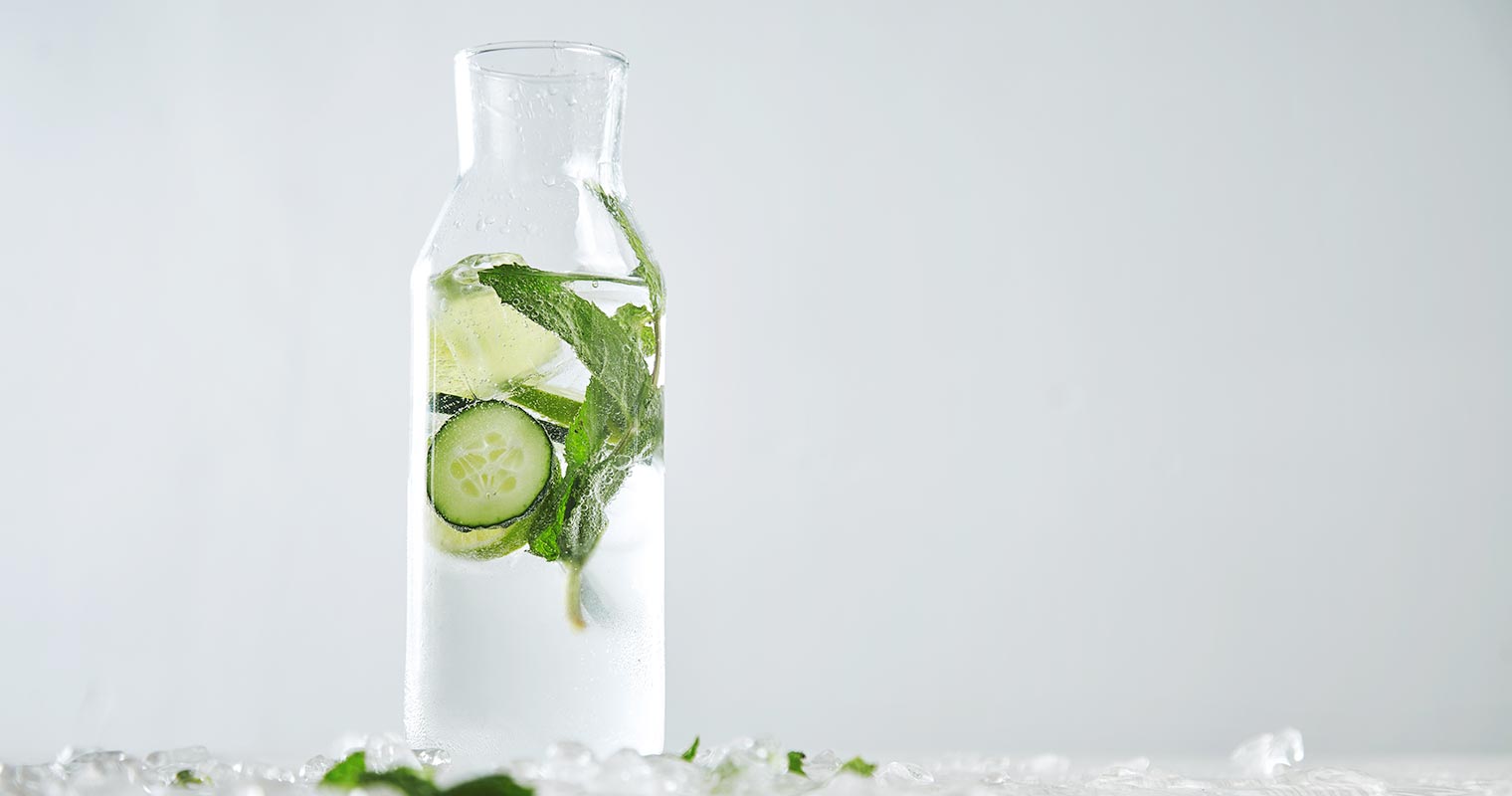
Shea butter
Shea butter improves the elasticity and hydrates your skin. It also promotes the synthesis of collagen in your skin. It is a rich source of vitamin E; therefore, it helps in removing wrinkles from your skin.
- Take some shea butter and massage on the affected areas in gentle circular motions.
- Massage it every morning after you take a shower.
Jojoba oil
Jojoba oil has great antioxidant properties and is quite similar to sebum secreted by your skin. Hence, the skin absorb it easily. It acts as a lubricant and protects your skin from wrinkling and aging.

- Massage 3 to 4 drops of jojoba oil on the affected areas of your face.
- Leave it for a few hours.
- As a rule, massage with the oil every day.
Pearl powder
Pearl powder is a secret weapon used by ancient Chinese and Japanese. Modern science found that pearl has many Calcium containing minerals and essential proteins. These stimulates our skin’s fibroblast generation and to fill the ridges and wrinkles. This entire article explains how Pearl is used as an anti-aging skincare component.
Silk
Similar to pearl, silk contains a large amount of protein very close to human skin. When these protein are applied to the skin’s surface, they can be easily absorbed and converted to human skin’s component. This replenishes the supple and plump texture of the skin. This article explains in detail how silk is hydrolyzed and converted from strings to powder and added to skincare products for smoothing benefits.
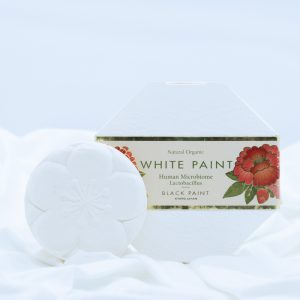
The White Paint Soap contains majority of the wrinkle flattening ingredients listed above. They are Coconut Oil, Grape Seed Oil, Avocado, Honey, Rosehip Oil, Jojoba Oil, Pearl and Silk. It is formulated specifically to deal with wrinkles, but is also able to target aging signs like dry skin and age spots.
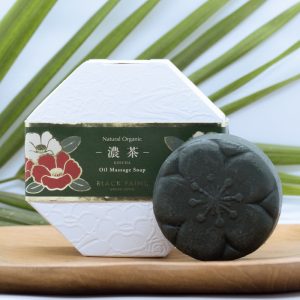
For people who are interested to upgrade, Koicha Tea Soap carries majority of the ingredients found in White Paint Soap. On top of that, “Koi” in Koicha means concentrated and premium in Japanese. This soap is made from premium grade of green tea, well known for its content of potent antioxidant catechin. Besides rectifying aging problems, it helps to prevent them from happening.
Foods that affect wrinkles
If you want to age gracefully, then eat healthily. Let’s take a look at foods to include in your diet and foods to avoid for a healthy, younger-looking and wrinkle-free skin.
- Avoid inflammatory foods
- Eat foods rich in omega fatty acids
- Amino acids
- Green leafy vegetables
- Phytoceramides
- Antioxidants
- Rooibos tea
- Fermented foods
Avoid inflammatory foods
Foods that cause inflammation makes you age faster, such as processed and fast foods, sugar, dairy and gluten. Eating excessive sugar also makes you prone to develop wrinkles and age faster. Hence, avoid such foods.
Eat foods rich in omega fatty acids
One way to prevent the formation of wrinkles is to keep your skin hydrated. Omega 3, 6 and 9 fatty acids that are present in healthy oils and fats are important as they form a part of the walls of skin cells. When the walls of skin cells are healthy and plump, the skin looks more dewy and hydrated.
Some food choices are salmon, flaxseeds, walnuts, coconut oil, chia seeds, avocado and olive oil.
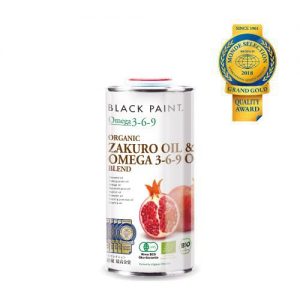
Omega 3-6-9 is made from the essence of Flaxseed Oil, Promegranate Oil, Borage Oil, Macadamia Nut Oil, Walnut Oil, Pumpkin Oil, Evening primrose Oil and Rosehip Oil. These 8 are well known plant and fruit oils containing sumptuous Omega. The quality of oil chosen for this supplement is top-notch, limiting to only oil extracted using “Cold-Press” method. This method is slow and requires a lot of labour, increasing the cost of production. However, it saves the ingredients from unnecessary chemical processes and heating, which will deteriorate their quality.
Amino acids
One of the causes of wrinkles is the reduction in the quantity of elastin and collagen fibers in your skin as you age. Amino acids present in protein food sources help in repairing and rebuilding these damaged fibers.
Food sources of amino acids are meat, eggs, fish, tofu, whole grains, seeds and nuts.
Green leafy vegetables
Green leafy vegetables such as kale, spinach, mustard greens and broccoli help in keeping your skin healthy and hydrated. Juices of green leafy vegetables also help in letting the body absorb nutrients quickly.
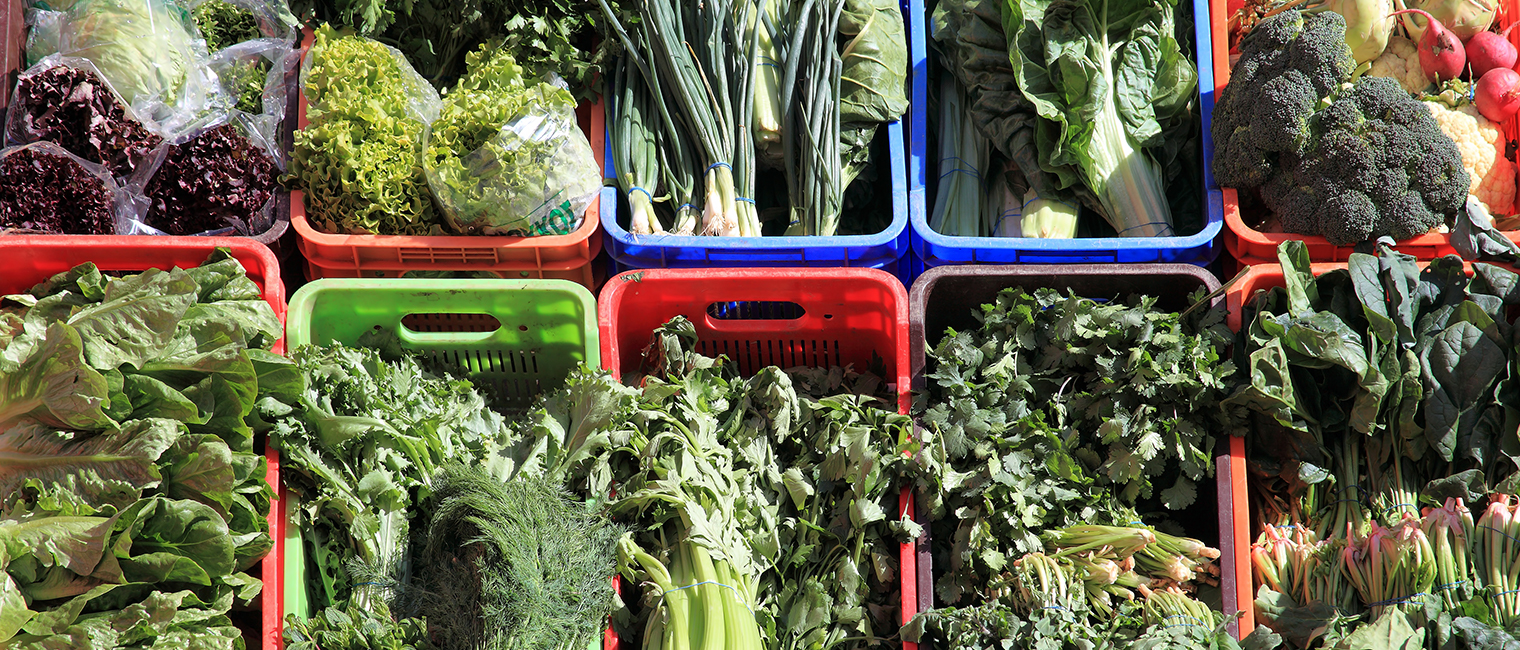
Phytoceramides
As you age, the outer layer of the skin (epidermis) thins and becomes more susceptible to wrinkling and dehydration. Moreover, ceramides production (molecules, which keep your skin firm) also slows down.
Plant-based ceramides referred to as Phytoceramides that are present in brown rice, wheat germ, beets and spinach helps in protecting the epidermis.
Antioxidants
Excessive sun exposure is one of the main causes of wrinkle formation. UV rays of the sun produce free radicals, which damage healthy cells of the skin. Apart from the sun’s rays, eating an unhealthy diet will also do the same.
Eat a wide variety of coloured foods that are rich in antioxidants and contain carotenoids such as carrots, kale, pumpkin and tomatoes. These help in protecting your skin and reversing the damage caused by free radicals.
Rooibos tea
It is a rich source of polyphenols and helps in hydrating your skin and protecting your skin from premature signs of aging.
Fermented foods
Probiotics promote healthy digestion and regulate the number of good bacteria in your gastrointestinal tract. This also helps in making your skin look youthful and healthy. Some of the probiotic-rich foods are sauerkraut, kefir, fermented vegetables and kimchi.
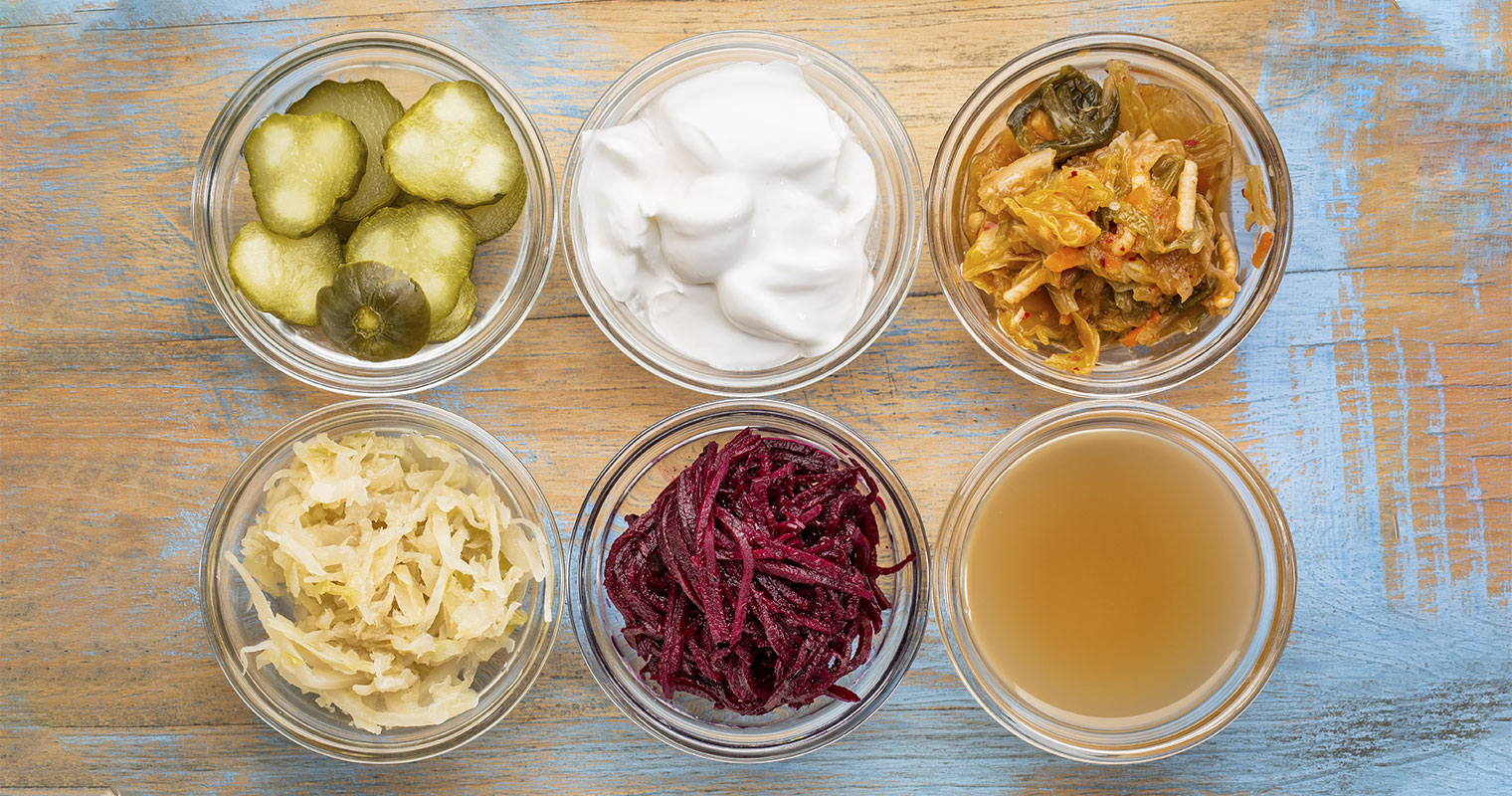
How to prevent wrinkles?
To prevent wrinkles, a few simple steps and choices can prove to be effective. These include:
- Protect the skin from harmful rays of the sun
- Use skincare products that have inbuilt sunblock
- Use moisturizers generously
- Avoid smoking
- Eat a balanced and healthy diet
Protect the skin from harmful rays of the sun
- Make sure to protect your skin so as to prevent the occurrence of wrinkles by limiting sun exposure.
- Spend less time in the sun and wear clothing that protects from the sun such as long-sleeved t-shirts and shirts, sunglasses and hats with wide brims.
- Always apply sunblock (broad-spectrum) before going outdoors even on cloudy days and in winters. Read this article to find out how much SPF is needed for your case.
- Reapply sunblock every 2 hours or earlier if you are perspiring or swimming.
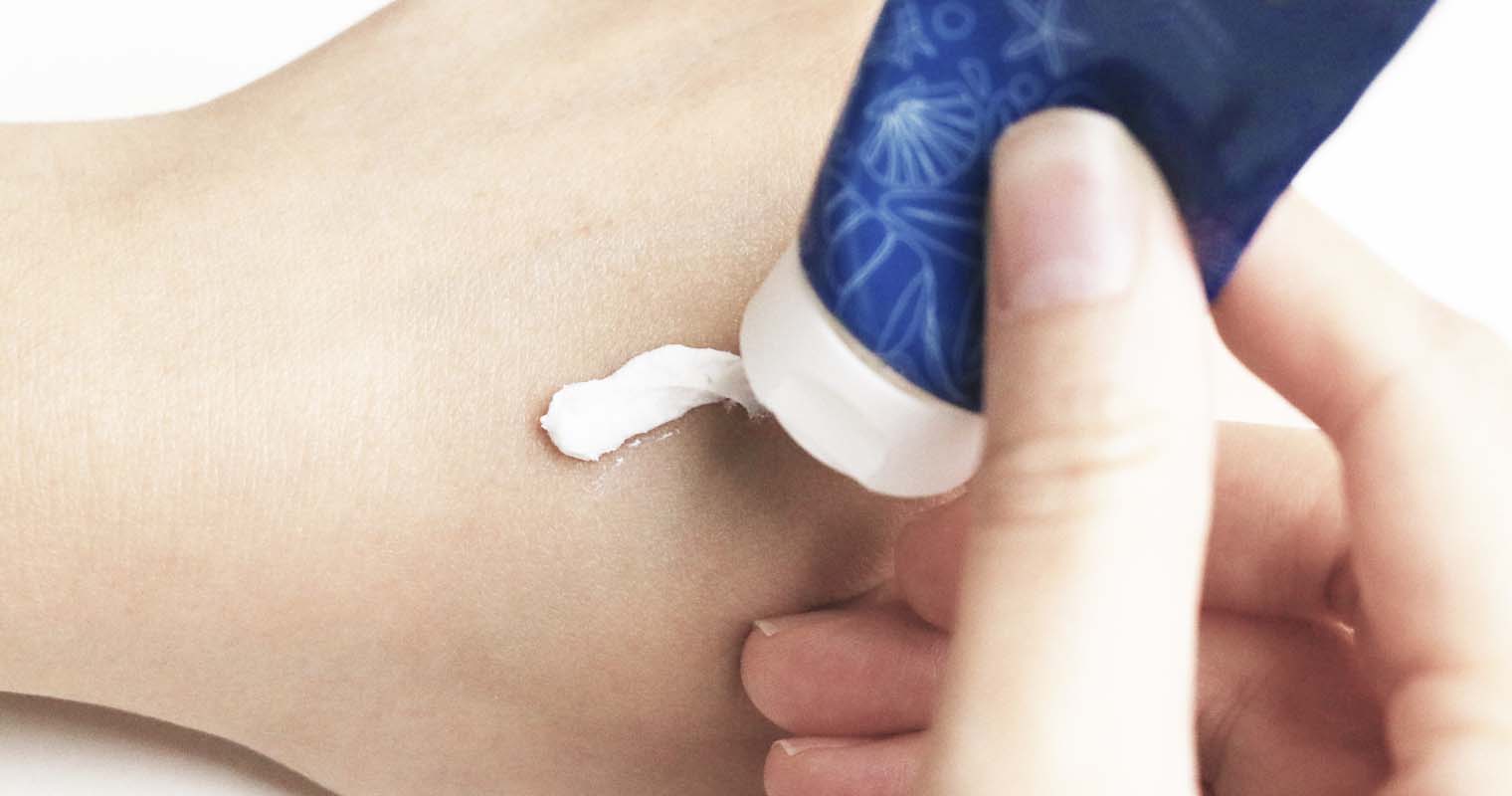
Use skincare products that have inbuilt sunblock
While choosing skincare and cosmetic products, try to select those products that have inbuilt sunblock (broad-spectrum) so that it provides some protection from the UV rays.
Use moisturizers generously
Dry skin dehydrates plump cells of the skin that results in the occurrence of premature wrinkles and fine lines. Moisturizers are able to prevent wrinkles by slowing water loss.
Avoid smoking
Smoking is one of the leading causes of wrinkles. Quit smoking to prevent the occurrence of future wrinkles and improve the texture and tone of your skin.
Eat a balanced and healthy diet
As already mentioned, a diet rich in antioxidants, green leafy vegetables, proteins and omega fatty acids helps in the prevention of wrinkles. Also, avoid eating processed and fast foods to prevent wrinkles.
Myths about wrinkling
Several misconceptions about wrinkling prevail among the public. Many of these myths are so common that they are actually mistaken as facts by people. Here are a few of those:
1. Wrinkles Run in the Family
While static wrinkles do owe it to genetics, the prevalent wrinkling is not inherited. Experts maintain that other factors like environment and sun-exposure are more impactful than genetics when it comes to wrinkling. So, even if your parents did not have wrinkles, you are still likely to develop them based on other factors. An effective skincare can slow down the aging process and may keep wrinkles at bay for a while.
The belief that genetics matter when it comes to skin aging is not entirely wrong. The patterns of skin aging depend on the amount of melanin (which is a genetic element)—a pigment responsible for skin color. Melanin influences how much sun exposure impacts the skin. People with fair complexion are more sensitive to sun/UV-induced damage.
However, the adoption of a more cautious lifestyle can prevent a fair-skinned person from early skin aging too. So, one’s lifestyle and external environment are still more dominant factors compared to genetics.
2. Moisturizing your skin and drinking more water is panacea for wrinkling.
Staying hydrated is vital for skin health. However, drinking water in excess does not reverse or prevent the appearance of wrinkles altogether. It does increase the organ’s moisture levels and reduces the prominence of fine lines. Besides, wrinkling is an inevitable part of skin aging and can only be mitigated or slowed down.
However, insufficient water intake can lead to dry skin, which is prone to wrinkling. Drinking sufficient water is important for skin health, but it cannot be called a panacea for wrinkling, as perceived by many people.
Similarly, moisturizing the skin is important, but it will not necessarily prevent the wrinkles formation. It can render them less noticeable, but cannot reverse or prevent the wrinkles. Skincare other than just moisturizing is required to slow down wrinkling.
3. Sunscreen is only required when it is sunny.
Many people believe sunscreen is required only when going out in the sun. This misconception draws from the fact that one feels their skin burning under the sun. However, you need the sunscreen even when it is cloudy. That is because you might not feel the heat on your skin, but you will still absorb a significant amount of UV rays, which are detrimental for skin health.
Applying a good sunblock is crucial to protect the skin against sun damage. Excessive exposure to the sun can cause skin damage and increase the risk of skin cancer.
4. Treatment for wrinkles is expensive.
Wrinkles treatments do not have to bear a hefty price tag. A rigorous skincare regime with organic products can help mitigate and slow down the appearance of wrinkles and other signs of aging skin. Wrinkles are inevitable, as they will appear sooner or later with age. Unless you have a severe case, it is better to go with a minimal yet effective wrinkle routine.
The injectables and surgical procedures for wrinkles treatment might help, but they are temporary solutions and often expensive. However, the natural and organic wrinkles treatment regimens are not necessarily expensive.








